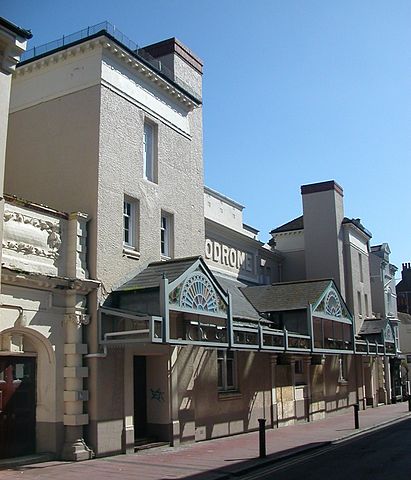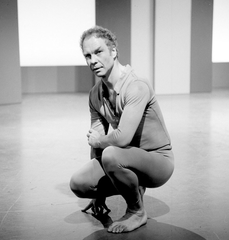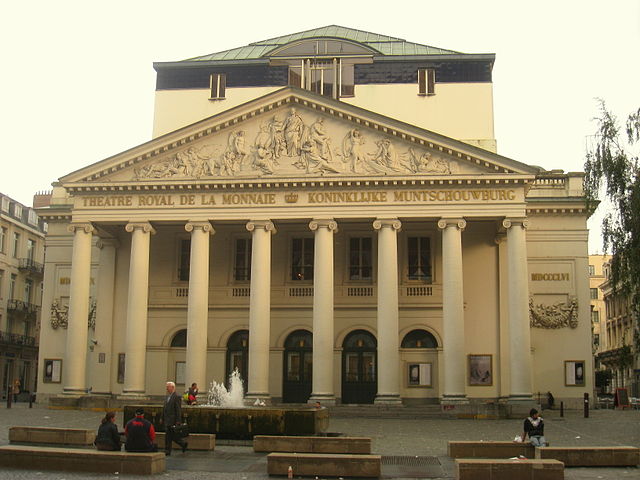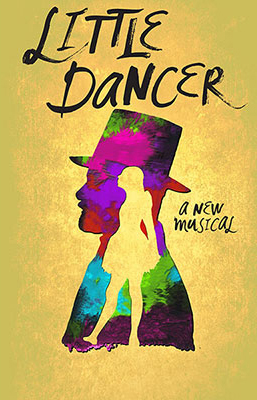 The plans for new multi-screen Brighton cinema have made a hasty retreat after the developer made a swift turnaround on the plan to use a historic venue. Campaigners are now celebrating the dismissal of the plans, which aimed to convert the historic Brighton Hippodrome into a multi-screen cinema and shops.
The plans for new multi-screen Brighton cinema have made a hasty retreat after the developer made a swift turnaround on the plan to use a historic venue. Campaigners are now celebrating the dismissal of the plans, which aimed to convert the historic Brighton Hippodrome into a multi-screen cinema and shops.
Entertainment company Vue wrote to the Save Our Hippodrome group confirming plans to convert the Grade II listed building were not being pursued by the landlord. Vue’s managing director in the UK and Ireland confirmed the redevelopment would not go ahead, and consequently Vue will not be placing a cinema in the Brighton Hippodrome.
In a huge act of camaraderie, hundreds of people supported rallies organised by the Save Our Hippodrome campaign. The group objected to the planning application approved by Brighton and Hove City Council which would have seen developer Alaska Group, in partnership with Vue, use a historic site to essentially lose the history of the building through a cinema and shop complex. Thousands of people signed a petition against the move due to the belief the building would serve the area better as a theatre.
The news was revealed as the group filmed a campaign video outside the Brighton Hippodrome, however there may be other plans in store for the site after the victory of the Save Our Hippodrome campaign. More than 100 people, including members of the Green, Labour, Liberal Democrat and Conservative parties, backed the recording, speaking about the campaign’s mission and the historical importance of the building. It is hoped that following the good news that the council will now work with the campaign in order to preserve the site even further.
Image courtesy of Wikimedia Commons

 The Merce Cunningham Trust, established in 2000 to further the iconic American choreographer’s legacy, has announced an award of $250,000 to the Baryshnikov Arts Centre, and $375,000 to the Foundation for Contemporary Arts.
The Merce Cunningham Trust, established in 2000 to further the iconic American choreographer’s legacy, has announced an award of $250,000 to the Baryshnikov Arts Centre, and $375,000 to the Foundation for Contemporary Arts. The abundance of dance competitions around the country does not even go someway in measuring against those taking place in the United States. One particular example is The Dance Awards, presented by Break the Floor Productions. Occurring during the summer season, it is a prestigious awards ceremony that recognises excellence in the past year of dance. Competitors from all the Break the Floor events, such as Jump and 24Seven, are invited to gather in one of two entertainment capitals—Las Vegas or New York City.
The abundance of dance competitions around the country does not even go someway in measuring against those taking place in the United States. One particular example is The Dance Awards, presented by Break the Floor Productions. Occurring during the summer season, it is a prestigious awards ceremony that recognises excellence in the past year of dance. Competitors from all the Break the Floor events, such as Jump and 24Seven, are invited to gather in one of two entertainment capitals—Las Vegas or New York City.
 In December there was the controversial announcement that the Théâtre Royal de la Monnaie, the most important opera house in Belgium and a source of some of Europe’s most cutting-edge productions, may stop all dance programming after a forthcoming production by iconic Belgian choreographer Anne Teresa De Keersmaeker.
In December there was the controversial announcement that the Théâtre Royal de la Monnaie, the most important opera house in Belgium and a source of some of Europe’s most cutting-edge productions, may stop all dance programming after a forthcoming production by iconic Belgian choreographer Anne Teresa De Keersmaeker. The first National College for the Creative and Cultural Industries is to be established at the High House Production Park in Thurrock, with backing from the government, it has been revealed. The college will open in September 2016 and will provide specialist training for the technical skills needed by the artistic industries.
The first National College for the Creative and Cultural Industries is to be established at the High House Production Park in Thurrock, with backing from the government, it has been revealed. The college will open in September 2016 and will provide specialist training for the technical skills needed by the artistic industries. Stage Door, an on-demand radio series presented by West End stars including Louise Dearman and Killian Donnelly, will launch in January 2015, it has been announced. The project was originally planned as a 24-hour service dedicated to musical theatre when it was first announced last year, however organisers failed to reach the set fundraising target of £145,000, which they had intended to raise through crowdfunding. It was always maintained that the organisers wanted to make a musical theatre radio station for fans of the genre, not for shareholders wanting to make money.
Stage Door, an on-demand radio series presented by West End stars including Louise Dearman and Killian Donnelly, will launch in January 2015, it has been announced. The project was originally planned as a 24-hour service dedicated to musical theatre when it was first announced last year, however organisers failed to reach the set fundraising target of £145,000, which they had intended to raise through crowdfunding. It was always maintained that the organisers wanted to make a musical theatre radio station for fans of the genre, not for shareholders wanting to make money. Edward Degas’ sculpture ‘The Little Dancer’ is one which every dancer is familiar with. Created in 1881, the model was a 14 year old student at the Paris Opera Ballet School named Marie van Goethem. The figure of the girl, standing in a casual fourth position, arms clasped behind her, has appealed to people – not just dancers – everywhere. It is also largely admired by dancers for its correct depiction of turned out limbs.
Edward Degas’ sculpture ‘The Little Dancer’ is one which every dancer is familiar with. Created in 1881, the model was a 14 year old student at the Paris Opera Ballet School named Marie van Goethem. The figure of the girl, standing in a casual fourth position, arms clasped behind her, has appealed to people – not just dancers – everywhere. It is also largely admired by dancers for its correct depiction of turned out limbs. Scottish youth arts have benefitted from £1 million from the Scottish government. The Scottish Government has helped secure the future of Scottish Youth Theatre with the announcement of the money, to be used over three years for the youth arts in Scotland. Following so many funding blows for the arts in recent years, the announcement that the Scottish government is to give such a substantial sum is extremely good news.
Scottish youth arts have benefitted from £1 million from the Scottish government. The Scottish Government has helped secure the future of Scottish Youth Theatre with the announcement of the money, to be used over three years for the youth arts in Scotland. Following so many funding blows for the arts in recent years, the announcement that the Scottish government is to give such a substantial sum is extremely good news. A new research project that aims to analyse the mental processes used by dancers while they are performing has been launched in order to develop a better understanding of creative techniques. The three-year project, funded by the Leverhulme Trust, is being led by Plymouth University and will work in collaboration with Trinity Laban Conservatoire of Music and Dance in London and Coventry University.
A new research project that aims to analyse the mental processes used by dancers while they are performing has been launched in order to develop a better understanding of creative techniques. The three-year project, funded by the Leverhulme Trust, is being led by Plymouth University and will work in collaboration with Trinity Laban Conservatoire of Music and Dance in London and Coventry University.